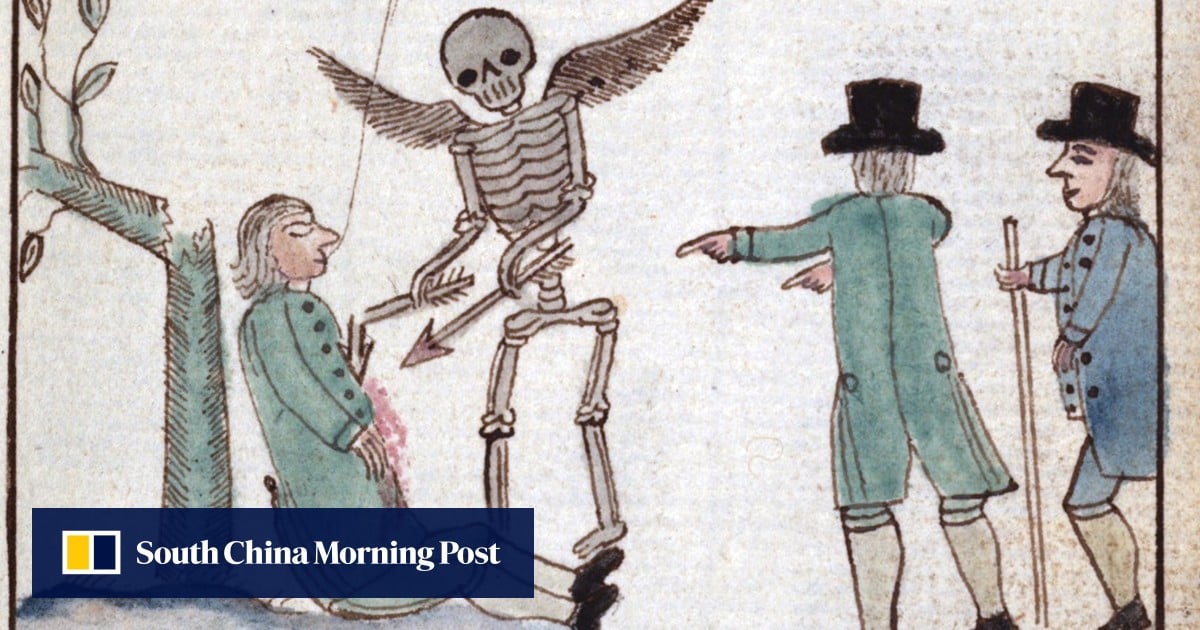A little knowledge is a dangerous thing. But who knew that books could kill?
That is the premise of “If Books Could Kill”, an exhibit at The Walters Art Museum in Baltimore, in the US state of Maryland, that looks at four toxic pigments used for millennia and around the world to illustrate and bind books: mercury, arsenic, lead and the bright-yellow mineral known as “orpiment”.
The exhibit, open since December, ends on August 3.
These metals and minerals produced jewel-like, dazzling colours – a brilliant green, a reddish-orange, a bright golden yellow. Lead is the basis for a colour known as “lead white”, an opaque, silky pigment that retains its bright hue for centuries.
Some of these tints were so seductive and beguiling that death could be seen as almost worth the risk. They remained in circulation for hundreds of years after their dangerousness was documented.
For instance, the colour “Paris green”, introduced in 1814 and a favourite of artists like Claude Monet, Vincent van Gogh and Mary Cassatt, contains arsenic.
“It was completely different from all the other green pigments, and people went crazy for it,” said Annette Ortiz Miranda, a conservation scientist for the museum who co-curated the exhibit with Walters staff Lynley Anne Herbert and Abigail Quandt.

